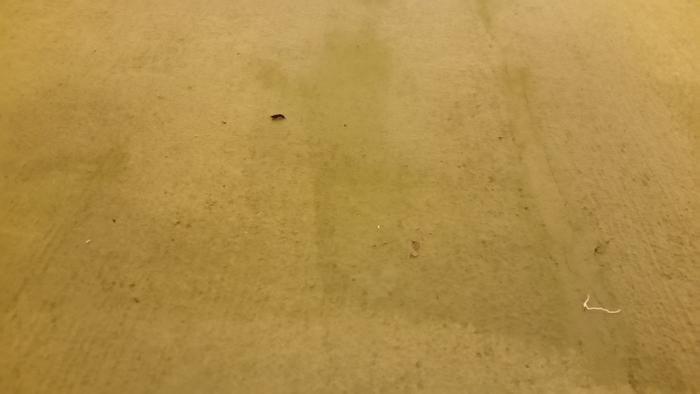
 6
6









 5
5











 3
3




 1
1




 2
2




 4
4




 4
4




Invasive plants are Earth's way of insisting we notice her medicines. Stephen Herrod Buhner
Everyone learns what works by learning what doesn't work. Stephen Herrod Buhner
 5
5





 7
7











 4
4




r ranson wrote:Could ph be related? It sounds like a chemical reaction.
The only other thing I can find is greasy surface, but that would show with the first coat?
Sorry, no firm solution. Just speculation.

 6
6




 6
6




Christopher Weeks wrote:Polished concrete is lovely, and would take care of the ridges, but I have the sense that it isn't really a DIY project, at least for normal folks. I wonder, even if you don't want to tile or something, could you put a skim of thinset all over to end up with a smooth floor?
(I don't know enough about (milk) painting concrete to be of any real use, so these are the things that occur to me as I'm reading the thread.)
 6
6





 6
6











 7
7




 8
8




Country oriented nerd with primary interests in alternate energy in particular solar. Dabble in gardening, trees, cob, soil building and a host of others.

|
F is for finger. Can you stick your finger in your nose? Doesn't that feel nice? Now try this tiny ad:
Support permies and give beautiful gifts to gardeners: permaculture playing cards.
https://gardener-gift.com/
|








